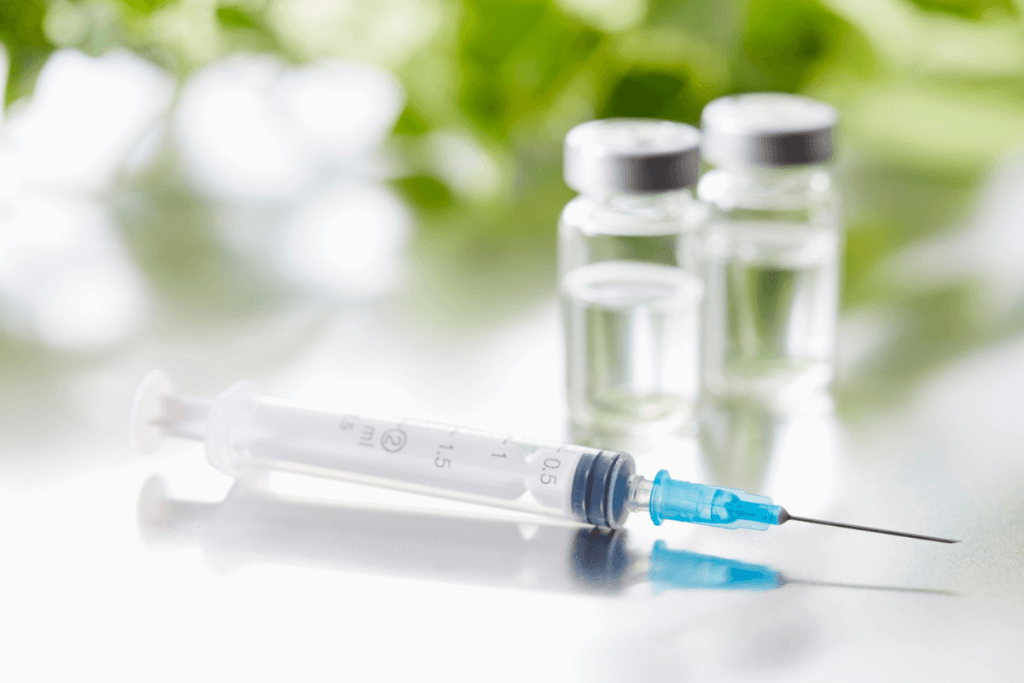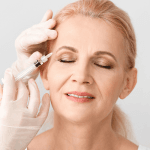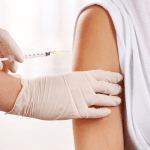Interest in non-invasive aesthetic treatments is on the rise, and skin booster injections have become a go-to solution for improving skin hydration, texture, and radiance. As clinicians seek safe, effective, and versatile options, these injectable treatments provide a reliable method to enhance skin quality with minimal downtime.
This article outlines the practical benefits, applications, and clinical considerations of using skin boosters in medical aesthetic practice.
What Are Skin Boosters?
Skin boosters injections are intradermal treatments primarily composed of hyaluronic acid (HA) and sometimes combined with other bioactive compounds. Unlike traditional dermal fillers, which restore lost volume or contour facial features, skin boosters are designed to improve the skin’s overall health and appearance from within.
The key characteristics of skin boosters are as follows:
- Hydration Enhancement: Hyaluronic acid binds with water molecules to deeply hydrate the skin, improving texture and suppleness without altering facial volume.
- Collagen Stimulation: Repeated microinjections help stimulate fibroblasts, promoting collagen and elastin production over time, enhancing skin firmness and resilience.
- Texture and Tone Improvement: Patients typically experience smoother, more even skin with reduced roughness, fine lines, and dullness after a treatment series.
- Flexible Formulation: Some products include amino acids, antioxidants, or vitamins to support skin repair and increase antioxidant defense.
- Minimal Downtime: Treatments are well-tolerated and require little recovery time, making them ideal for busy patients looking for low-risk, non-surgical skin improvement.
- Wide Treatment Scope: Suitable for face, neck, décolletage, and hands, making them versatile tools in a medical aesthetic practice.
- Patient Appeal: Because they do not alter facial structure, skin boosters appeal to patients seeking natural-looking rejuvenation rather than dramatic aesthetic changes.
These injections fit seamlessly into aesthetic protocols, complementing other treatments while enhancing patient outcomes through improved skin health and hydration.
Why Medical Practitioners Use Skin Boosters
Clinicians value injectable skin boosters for their predictability and patient satisfaction. These treatments address common concerns like dullness, fine lines, and uneven texture. They can be used alone or alongside other modalities, such as laser treatments or microneedling. The technique is straightforward and typically well-tolerated, making it a versatile option for new and experienced injectors.
Selecting the Best Booster Injections
Choosing the best skin boosters injections depends on multiple factors, including formulation, patient skin type, and treatment goals. High-quality products offer a stable, biocompatible formulation with consistent particle size and cross-linking technology. Some skin boosters brands include additional antioxidants, amino acids, or peptides to enhance results.
Here are some popular skin booster injections:
Restylane® Skinboosters Vital – Designed for mature or photo-damaged skin, this formula helps improve elasticity, firmness, and hydration.
Restylane® Skinboosters Vital with Lidocaine – Offers the same benefits as the original Vital with added lidocaine for a more comfortable injection experience.
Restylane® Skinboosters Vital Light with Lidocaine – A lighter version ideal for younger skin or delicate areas, providing subtle hydration and glow with minimized discomfort.
Treatment Protocols and Techniques
Skin boosters treatment typically involves a series of microinjections into the mid to deep dermis. Standard protocols suggest 2–3 sessions spaced 3–4 weeks apart, followed by maintenance treatments every 4–6 months. Injection techniques can include micro-papular, serial puncture, or mesotherapy-style applications. Precision and uniform distribution are key to achieving optimal results with minimal side effects.
Combining Skin Boosters with Other Aesthetic Solutions
Skin boosters injections can be integrated into comprehensive treatment plans for enhanced outcomes. They pair well with botulinum toxin, energy-based devices, and resurfacing procedures. Used pre or post-laser, they can accelerate recovery and improve skin tolerance. This versatility supports a multimodal approach tailored to patient-specific concerns.
Application Areas and Clinical Indications
Standard treatment zones include the face, neck, décolletage, and hands. Skin boosters hydrating face serum formulations can also be used for superficial dermal rejuvenation or in cases of compromised skin barrier. These applications are particularly beneficial for patients with photoaging, dehydration, or early signs of laxity.
Conclusion
Skin boosters injections are a valuable addition to any aesthetic practice. They offer measurable skin hydration, texture, and radiance improvements with minimal risk and downtime. Clinicians can deliver reliable, high-quality outcomes by understanding product formulations, proper injection techniques, and patient selection criteria.
As patient demand for natural-looking enhancements grows, these injectable treatments provide a safe, effective, and clinically sound solution.
Frequently Asked Questions (FAQs)
What are skin boosters, and how do they differ from dermal fillers?
Skin boosters are injectable treatments created to hydrate and improve skin quality rather than add volume. They typically contain hyaluronic acid and are injected more superficially than fillers.
How long do skin boosters last in clinical use?
Effects typically last 4 to 6 months, depending on the product and the patient’s skin condition. Maintenance treatments can help prolong results.
Which skin boosters brand should practitioners choose?
Choose products with clinical data, regulatory approvals, and support from the manufacturer. Stability, biocompatibility, and formulation ingredients are key considerations.







